I really want non-surgical rhinoplasty, but shy away due all of the bad press surrounding the procedure. I can afford a surgical nose job, but prefer not to go under the knife. I think most people would consider me attractive, but my profile is asymmetrical, and when I smile my nose droops. It bother me immensely.
I want to get a non-surgical rhinoplasty and feel safe going into the procedure. Can someone reassure me about this controversial procedure? HELP!
Answers (25)
From board-certified doctors and trusted medical professionals
Dr. Mike Majmundar, MD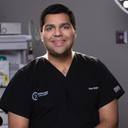

Dr. Mike Majmundar, MD
Board Certified Facial Plastic Surgeon
Answer
Dr. Sanusi Umar, MD

Dr. Sanusi Umar, MD
Dermatologic Surgeon, Board Certified in Dermatology
Answer
Dr. Luis Macias, MD, FACS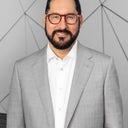

Dr. Luis Macias, MD, FACS
Board Certified Plastic Surgeon
Answer
Dr. Matthew Richardson, MD

Dr. Matthew Richardson, MD
Board Certified Facial Plastic Surgeon
Answer
Dr. John L. Burns Jr., MD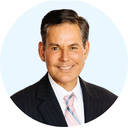

Dr. John L. Burns Jr., MD
Board Certified Plastic Surgeon
Answer
Dr. Babak Azizzadeh, MD, FACS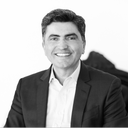

Dr. Babak Azizzadeh, MD, FACS
Board Certified Facial Plastic Surgeon
Answer
Dr. Umang Mehta, MD

Dr. Umang Mehta, MD
Board Certified Facial Plastic Surgeon
Answer
Dr. David Shafer, MD, FACS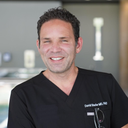

Dr. David Shafer, MD, FACS
Board Certified Plastic Surgeon
Answer
Dr. Houtan Chaboki, MD

Dr. Houtan Chaboki, MD
Board Certified Facial Plastic Surgeon
Answer
Dr. Lorrie Klein, MD

Dr. Lorrie Klein, MD
Dermatologic Surgeon, Board Certified in Dermatology
Answer
More Nonsurgical Nose Job Questions
See all Nonsurgical Nose Job Q&AWE SEND PRETTY
EMAILS
What’s trending? Who’s turning heads? Which TikTok myths need busting? We’ve got you. No fluff, no gatekeeping—just real talk. Get our free, unfiltered newsletter.
